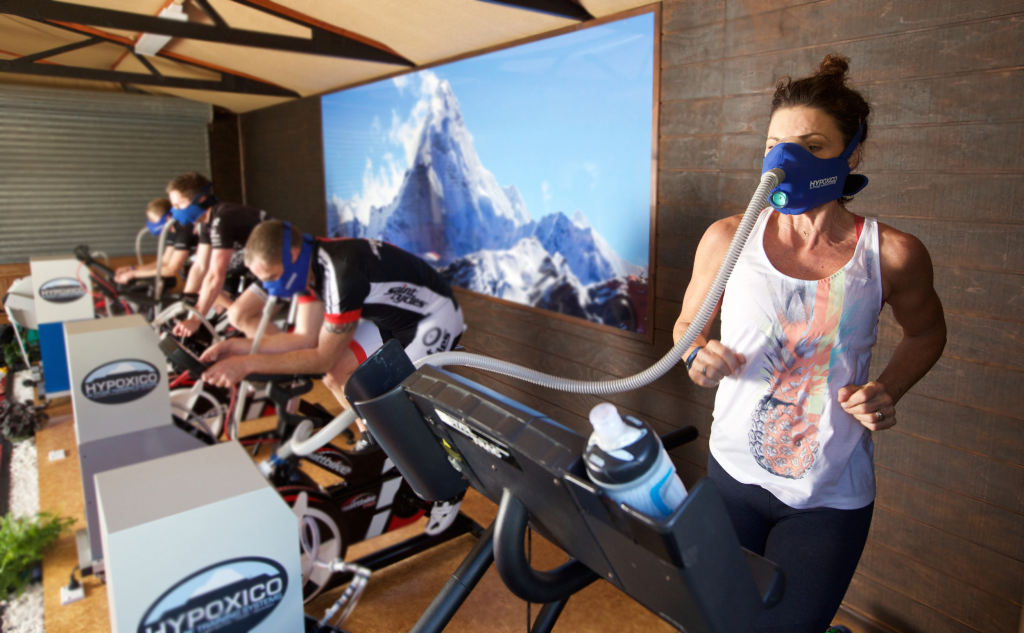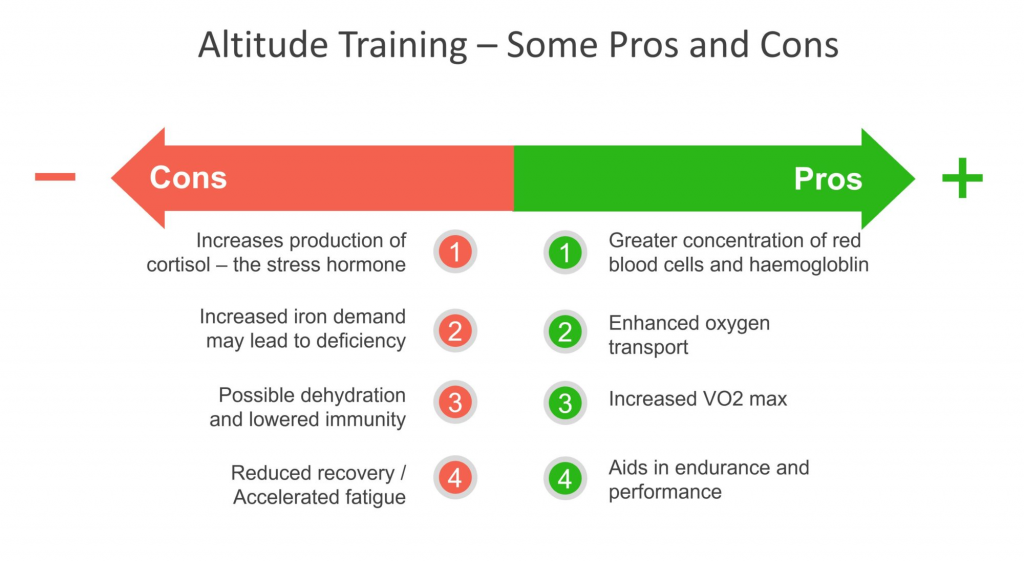Key Points
- Altitude training enhances endurance, especially for runners and cyclists, by adapting the body to lower oxygen levels.
- It involves living or training at elevation, simulating altitude, or combining these methods.
- Surprisingly, sprinters can improve at altitude due to reduced air resistance, despite less oxygen.
Altitude Training – Elevating Your Game
Altitude training has become a buzzword in the sports world, promising better endurance and a stronger edge. But what’s behind this high-flying approach? From its Olympic roots to modern methods, here’s a breakdown of how training at elevation can transform performance—and why it’s worth a closer look.
What’s Altitude Training All About?
Altitude training means working out or living in places high above sea level—think mountain towns or peaks starting at 1,500 meters. The air up there is less dense, packing fewer oxygen molecules into every breath. That might sound tough, but it’s exactly what makes the body adapt, boosting stamina for when athletes compete closer to sea level.
The 1968 Olympics Spark
The idea really hit the spotlight during the 1968 Mexico City Olympics, set at 2,240 meters. Endurance athletes struggled—marathon times lagged behind sea-level records—because oxygen was harder to come by. Meanwhile, sprinters thrived, smashing records left and right. Why? Less air resistance gave them a speed boost, and their short, anaerobic efforts didn’t lean as heavily on oxygen. These results lit a fire under researchers, who started digging into how altitude could be a training tool.
How It Changes the Body
At higher elevations, atmospheric pressure drops, meaning fewer oxygen molecules reach the lungs with each breath. The body responds by kicking into gear:
- Breathing ramps up to grab more air.
- The heart pumps faster to shuttle oxygen around.
- More red blood cells get made to carry extra oxygen.
- Muscles tweak how they use oxygen, becoming more efficient.
These changes take a few weeks to settle in—a process called acclimatization. Once adapted, athletes often perform better back at sea level, especially in endurance events.
The Science Debate
Experts don’t fully agree on what drives the gains. Some, like U.S. researchers Ben Levine and Jim Stray-Gundersen, point to a boost in red blood cells as the big win. More cells mean more oxygen delivery to muscles—a straight shot to better endurance. Others, like Australia’s Chris Gore and New Zealand’s Will Hopkins, argue it’s more about efficiency—muscles learning to squeeze more out of less oxygen. Most likely, it’s a mix of both, varying by athlete.

Why Athletes Swear By It
Altitude training offers some solid perks:
- Endurance Upgrade: Better oxygen use means longer, stronger efforts.
- Faster Recovery: Improved oxygen delivery can speed up downtime between sessions.
- Mental Grit: Training in tough conditions builds toughness.
- Versatility: Adapting to altitude preps the body for all kinds of challenges.
Even sprinters get a kick—thinner air cuts resistance, letting them fly faster in short bursts, as seen in Mexico City.
How It’s Done
There’s more than one way to tap into altitude benefits:
- Live and Train High: Spend weeks in the mountains, fully adapting to thin air. Great for pros but tough to keep intensity up.
- Live High, Train Low: Sleep at altitude (like in a mountain camp) but train near sea level. It’s a fave for elites balancing adaptation and power.
- Simulated Altitude: Use masks, tents, or chambers to mimic low oxygen at home. Handy and flexible, though less intense than the real deal.
Each method has its fans—some swear by the natural vibe of the Rockies, others love high-tech tents in their backyard.
The Catch
It’s not all smooth sailing:
- Time Sink: Adapting takes 2-4 weeks, and early workouts can feel sluggish.
- Health Risks: High altitudes might strain the heart or lungs for some—medical advice is a must.
- Logistics: Not everyone can jet off to the mountains or afford fancy gear.
- Hit or Miss: Results vary—some athletes soar, others barely budge.

Altitude Training
Altitude training is a game-changer for endurance buffs, with roots in those wild 1968 Olympics. Whether it’s pumping out more red blood cells or fine-tuning oxygen use, the payoff can be huge—especially for runners, cyclists, or anyone chasing stamina. It’s not perfect, and it’s not for everyone, but paired with smart nutrition and rest, it’s a solid boost. Curious about taking your training higher? It might just be the edge needed to crush the next goal.
